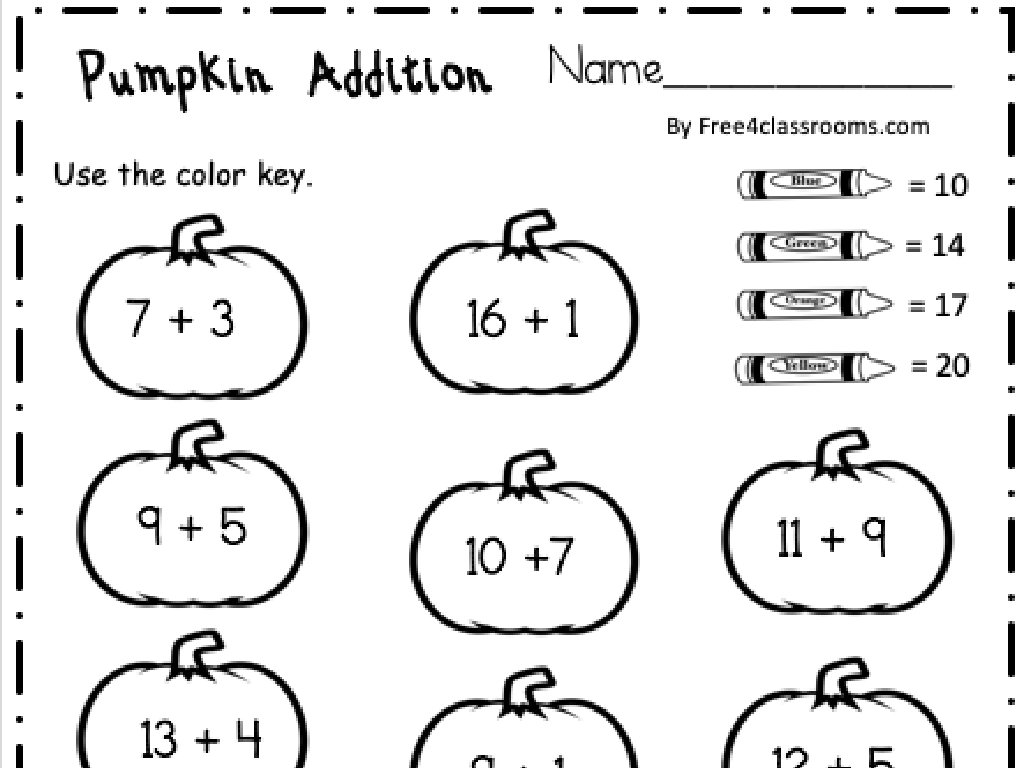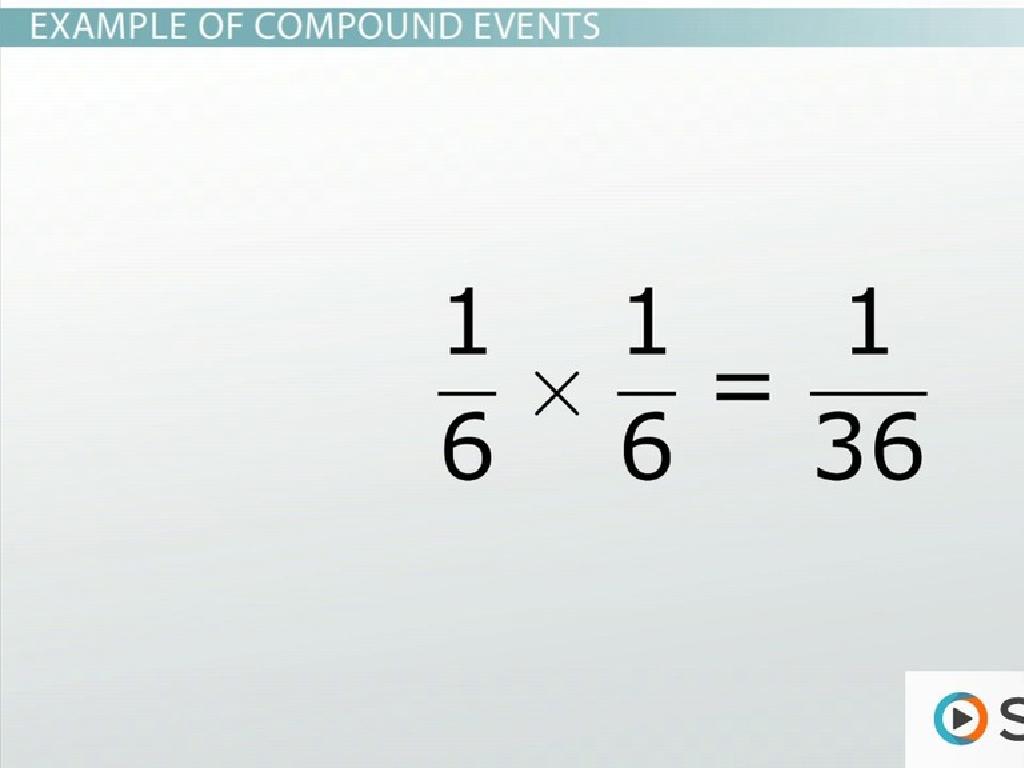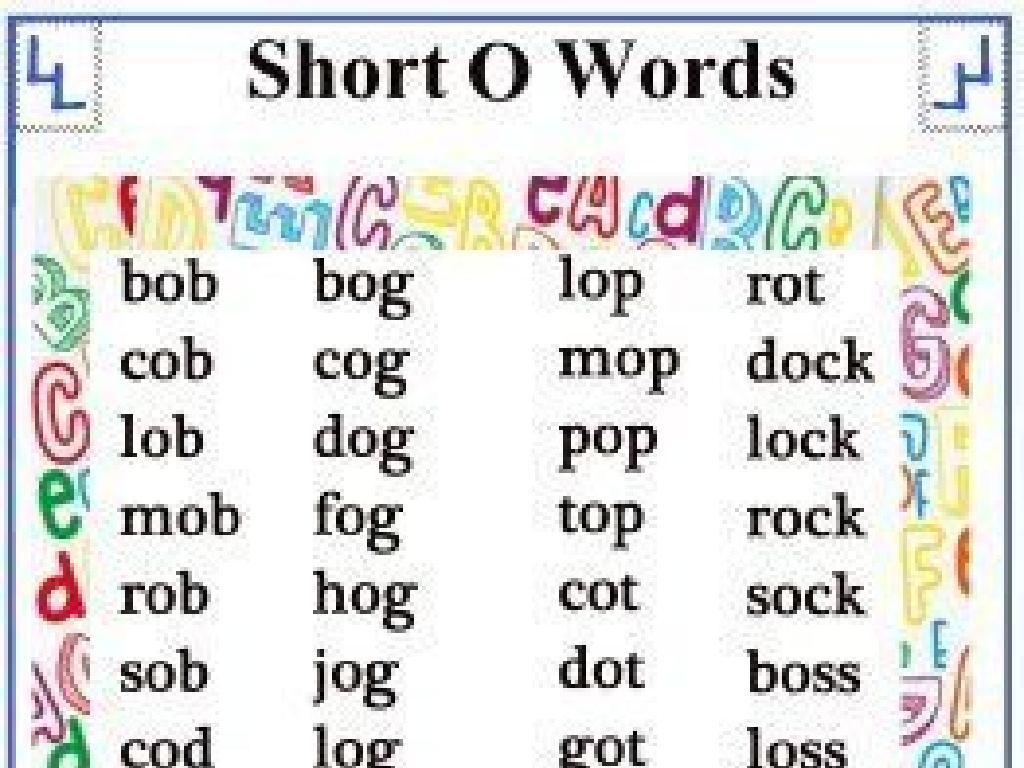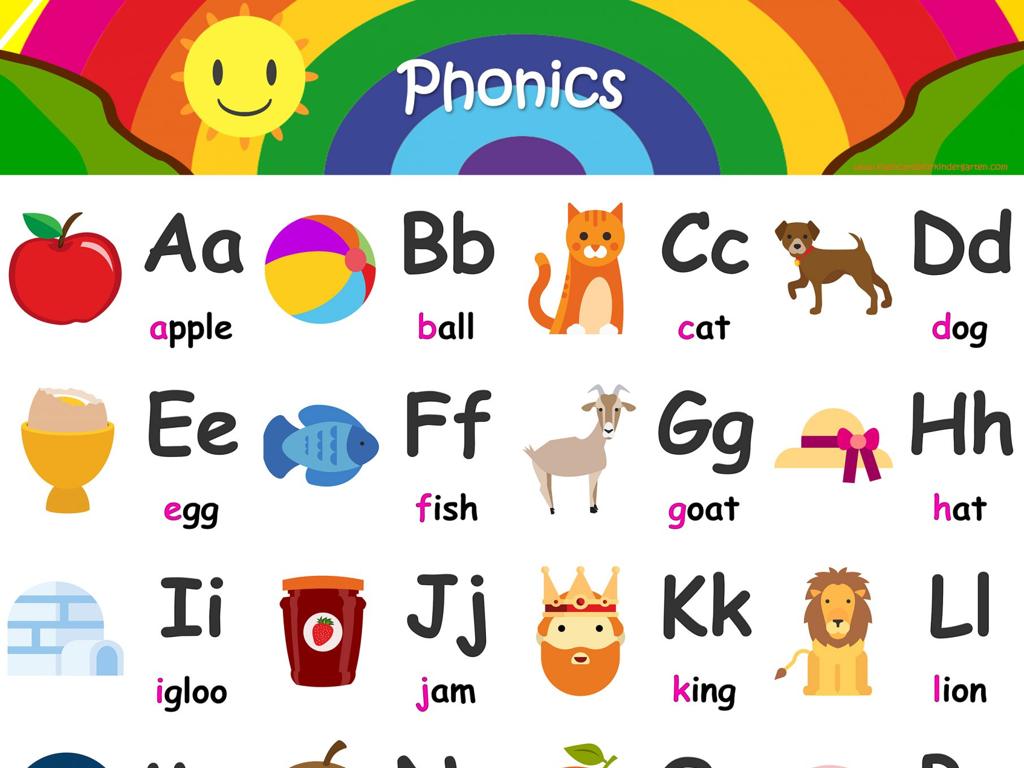Identify The Short Vowel Sound In A Word
Subject: Language arts
Grade: First grade
Topic: Short Vowels
Please LOG IN to download the presentation. Access is available to registered users only.
View More Content
Welcome to Short Vowels!
– Learning about short vowel sounds
– Short vowel sounds are like ‘a’ in ‘cat’, ‘e’ in ‘bed’, ‘i’ in ‘sit’, ‘o’ in ‘top’, and ‘u’ in ‘sun’.
– Vowels: special letters in our alphabet
– Vowels can make different sounds, but today we focus on the short ones.
– Five vowels: A, E, I, O, U
– We’ll practice finding these sounds in words.
– Recognizing short vowel sounds
|
This slide introduces first graders to the concept of short vowel sounds, which are fundamental to reading and pronunciation in English. Start by explaining that vowels are unique letters that can make different sounds. Highlight the five vowels and use simple, familiar words as examples to illustrate the short vowel sounds. Engage the students by asking them to repeat the sounds after you and to think of other words that have the same sounds. This will help them recognize these sounds when they encounter new words.
Exploring Vowels: The Building Blocks of Words
– Vowels: A, E, I, O, U
– Vowels help form words
– Think of ‘cat’, ‘bed’, ‘pig’, ‘dog’, ‘sun’
– Each vowel has unique sounds
– A as in ‘apple’, E as in ‘egg’
– Practice short vowel sounds
– Let’s say them together: ‘a’, ‘e’, ‘i’, ‘o’, ‘u’
|
This slide introduces the concept of vowels to first graders, emphasizing their role in word formation. It’s crucial to explain that vowels are special letters that can make different sounds. Start by reciting the vowels and then showing how they are used in simple words. Give examples of short vowel sounds, such as ‘a’ in ‘apple’ and ‘e’ in ‘egg’, and practice pronouncing them with the class. Encourage students to think of other words with short vowel sounds and to listen for these sounds in words they hear every day. This will help them recognize and understand the concept of short vowels in their reading and writing activities.
Exploring Short Vowel Sounds
– What are short vowel sounds?
– Short sounds are found in words like ‘hat’, ‘pet’, ‘sit’, ‘cot’, ‘cut’.
– ‘a’ as in ‘cat’
– The sound ‘a’ makes in ‘cat’ is short and quick.
– Common words with short vowels
– Words like ‘dog’, ‘hen’, ‘pig’, ‘fox’, and ‘bug’ have short vowels.
– Practice listening to short vowels
– We’ll say words aloud to hear the short vowel sounds.
|
This slide introduces first graders to the concept of short vowel sounds, which are the sounds vowels make in words like ‘cat’, ‘bed’, ‘fish’, ‘pot’, and ‘sun’. Start by explaining what short vowel sounds are and give examples for each vowel. Use common words that the students are likely to know to help them connect the concept to their everyday language. Engage the class by listening and repeating the sounds together. This will help them recognize and remember the sounds associated with each vowel. Encourage the students to practice by identifying the short vowel sounds in words during reading activities.
Exploring the Short ‘A’ Sound
– The short ‘A’ sounds like ‘a’ in ‘apple’
– Practice saying the short ‘A’ sound
– Repeat after me: ‘a’ as in ‘apple’
– Find words with the short ‘A’ sound
– Examples: ‘cat’, ‘bat’, ‘mat’, ‘hat’
– Listen and repeat words together
– We’ll say words aloud as a class
|
This slide introduces the short ‘A’ sound to first graders, helping them recognize and pronounce it correctly. Start by explaining that the short ‘A’ sound is the vowel sound they hear in the word ‘apple’. Have the class repeat the sound several times after you to practice. Then, move on to identifying words that contain this sound, using common examples they are likely to know. Encourage the students to listen carefully as you say the words and then to repeat them. This will help reinforce their understanding and ability to identify the short ‘A’ sound in words they hear and read.
Exploring the Short ‘E’ Sound
– The sound of short ‘E’
– It’s like the ‘e’ in ‘bed’, ‘red’, or ‘elephant’.
– Practice making the short ‘E’
– Let’s say ‘eh’ together and feel the sound in our mouths.
– Find words with short ‘E’
– Think of ‘pen’, ‘net’, or ‘pet’. Can we find more?
– Share our short ‘E’ words
|
This slide is aimed at helping first graders recognize and practice the short ‘E’ sound. Start by explaining the sound, using familiar words like ‘bed’, ‘red’, and ‘elephant’. Then, engage the class in a group activity where everyone says the ‘eh’ sound aloud, making sure they understand how it feels to produce the sound. Next, brainstorm as a class to come up with a list of words that contain the short ‘E’ sound, encouraging participation from all students. You can use visual aids or props to help them connect the sound to the words. Finally, have students share the words they’ve thought of, reinforcing their understanding through repetition and peer learning.
Exploring the Short ‘I’ Sound
– The short ‘I’ sound example
– It’s like the ‘i’ in ‘igloo’. Can you say ‘igloo’?
– Practice the ‘i’ sound together
– Everyone say ‘i’ like in ‘igloo’!
– Identify words with short ‘I’
– Find words in our books with the ‘i’ sound.
– Create our own list of ‘I’ words
– We’ll make a list with words like ‘sit’, ‘hit’, and ‘lip’.
|
This slide is aimed at helping first graders recognize and pronounce the short ‘I’ sound, which is similar to the ‘i’ in ‘igloo’. Start by demonstrating the sound and then have the class repeat it after you to ensure they can mimic the sound correctly. Next, engage the students in identifying words that contain the short ‘I’ sound from their reading materials or previous lessons. Encourage them to listen for the sound in spoken words as well. Finally, collaborate as a class to create a list of words with the short ‘I’ sound, which can be displayed in the classroom for reference. This activity will reinforce their phonemic awareness and decoding skills.
The Short ‘O’ Sound
– ‘O’ as in ‘octopus’
– The short ‘O’ sounds like the ‘o’ in ‘octopus’, ‘pot’, and ‘top’.
– Let’s all say the ‘o’ sound
– Find words with short ‘O’
– Examples: ‘dog’, ‘log’, ‘fog’. Can you think of more?
– Practice makes perfect!
– The more we practice, the better we’ll get at spotting the short ‘O’ sound!
|
This slide introduces the short ‘O’ vowel sound to first graders. Start by explaining the sound with a familiar word like ‘octopus’. Have the class repeat the sound several times to get comfortable with it. Then, engage the class by asking them to come up with words that contain the short ‘O’ sound. Provide examples to help them get started and encourage them to think of additional words. Finish by emphasizing the importance of practice in mastering the identification of the short ‘O’ sound in words.
Exploring the Short ‘U’ Sound
– ‘U’ as in ‘umbrella’
– The short ‘U’ sound is like the ‘u’ in ‘umbrella’, ‘bug’, and ‘mud’.
– Practice the ‘u’ sound together
– We’ll say the ‘u’ sound in chorus and practice with fun!
– Identify words with ‘u’ sound
– Can you think of words like ‘pup’, ‘sun’, or ‘cup’?
– Listening and pronunciation activity
– Listen to the teacher, then say the words out loud.
|
This slide introduces the short ‘U’ sound to first graders, using ‘umbrella’ as a key example. Engage the class by practicing the sound together, ensuring they understand how it is pronounced. Encourage them to come up with their own examples of words that contain the short ‘U’ sound. Incorporate a listening and pronunciation activity where you say words aloud, and students repeat them, focusing on the short ‘U’ sound. This will help them recognize the sound in different words and improve their speaking skills.
Short Vowel Sounds: Listening Game
– Listen to the word I say
– Find the short vowel sound
– Is it a, e, i, o, or u?
– Pay attention to the vowel
– The vowel may be in the middle of the word
– Get ready to play the game!
|
This slide introduces a listening game designed to help first graders identify short vowel sounds in spoken words. The teacher will say a word out loud, and the students will listen carefully to identify the short vowel sound (a, e, i, o, or u). Emphasize that the vowel sound they’re listening for is the short sound, often found in the middle of the word. For example, in the word ‘cat’, the short vowel sound is ‘a’. Prepare a list of words with clear short vowel sounds to use during the game. Encourage students to pronounce the vowel sounds out loud and to use their hands to signal when they hear the sound. This activity will help students become more familiar with vowel sounds and improve their phonemic awareness.
Finding Short Vowels in Words
– Understanding short vowel sounds
– Short vowels make a quick sound, like ‘a’ in ‘cat’
– Spotting short vowels in words
– Look for ‘a’, ‘e’, ‘i’, ‘o’, ‘u’ in the middle of short words
– Highlighting vowels in examples
– We’ll use colors to show where the vowels are
– Practice with common words
– Try it with words like ‘hat’, ‘bed’, ‘lip’, ‘cot’, and ‘mud’
|
This slide is aimed at helping first graders identify and understand short vowel sounds in words. Begin by explaining what short vowels are and the sounds they make. Engage the students by asking them to find the vowels in words you read together. Use visual aids like highlighting or underlining vowels in different colors to make the identification easier. Encourage the children to practice with words that are familiar to them, reinforcing their learning through repetition and active participation.
Class Activity: Vowel Hunt
– Let’s go on a vowel hunt!
– Find objects with short vowels
– Look for items like ‘hat’, ‘pen’, ‘pig’, ‘cot’, ‘mug’
– Team up with a buddy
– List the words you discover
|
This interactive activity is designed to help students recognize and understand short vowel sounds in a fun and engaging way. Have the children pair up and search the classroom for objects that contain short vowel sounds. Encourage them to say the names of objects out loud to hear the vowel sound. Provide examples like ‘hat’ for ‘a’, ‘pen’ for ‘e’, ‘pig’ for ‘i’, ‘cot’ for ‘o’, and ‘mug’ for ‘u’. After the hunt, ask each pair to share their list with the class, reinforcing their learning through repetition and peer learning. This activity also fosters teamwork and communication skills. For students who finish early, challenge them to use the words they found to create simple sentences or draw the objects they listed.
Review and Goodbye!
– Celebrate your vowel hunt success
– Recall all short vowel sounds
– Short vowels: a, e, i, o, u as in ‘cat’, ‘bed’, ‘fish’, ‘pot’, ‘cut’
– Practice listening for vowels daily
– Keep up the great work!
|
This slide is meant to wrap up the lesson on short vowels with a positive reinforcement for the students’ efforts in the vowel hunt activity. Encourage the students to remember the sounds of each short vowel by reciting them together as a class. Emphasize the importance of daily practice by listening for short vowel sounds in words they hear throughout the day. This will help reinforce their understanding and recognition of short vowels in different contexts. As a part of the goodbye, remind them to keep up the good work and to be proud of what they’ve learned.






